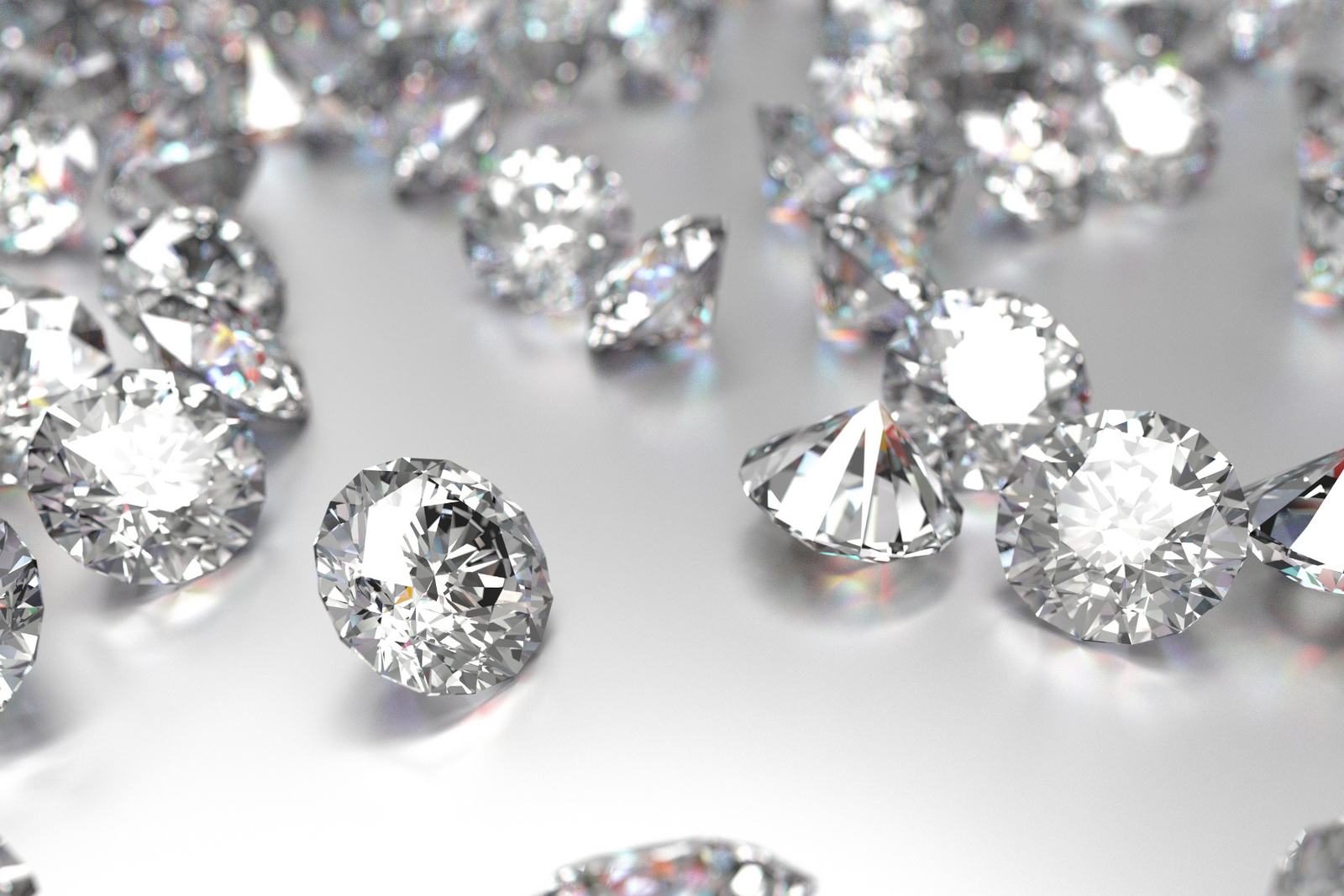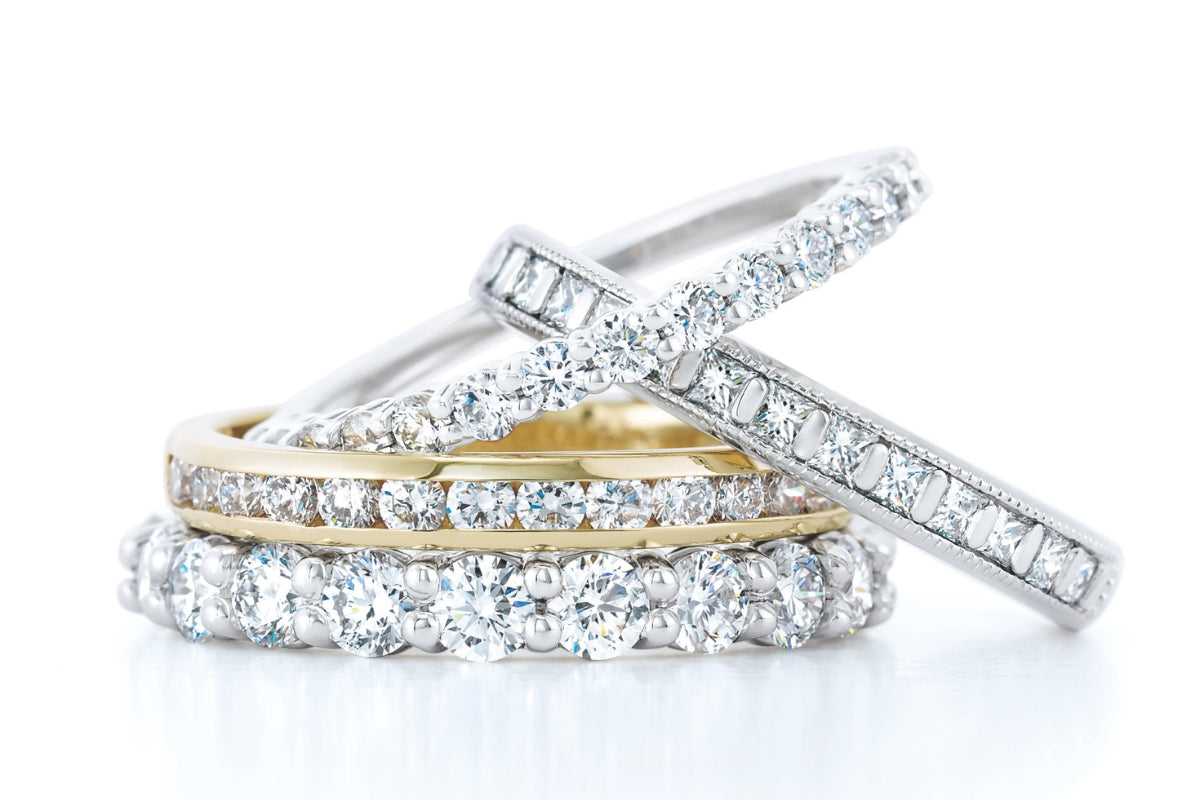No two diamonds are alike. Even lab-grown diamonds are as unique as their mined counterparts! Keep this in mind when shopping for diamonds. The 4Cs of diamonds are subjective. All else equal, this means that there are slight differences between each of the 4Cs of diamonds. A Gemologist should be able to speak to the diamonds 4C characteristics under ten power magnification and interpret the eye visible implications of the diamond to the client. This unique balance of beauty, design, and technical information are what make the consultative approach so crucial to choosing the perfect diamond no matter your budget or preferences. We’ve found that through a trusted process of hand selecting a diamond based on our clients individual needs, it makes purchasing a diamond so much more fun and engaging than you’d think!
For our nationwide clients, we’ve extended this service and consultative approach in an elegant and confidence inspiring way. We’ve coined it our “Minimum Diamond Quality.” What are some basic “minimum diamond quality” guidelines you can follow to make sure you’re getting a worthy diamond?
Color Grade:
- As an absolute minimum, stick to a color grade of “I” or greater. Doing so will help you avoid displaying a noticeable yellow/brown coloration from the face-up (normal) position.
- Our clients find “I” color provides an acceptable amount of yellow color in relation to the overall value. Therefore, opening the door to noticeably larger carat weights and/or higher clarity grades that would not be an option due to price.
Clarity Grade:
- As an absolute minimum, stick to “SI1” or greater clarity grades. Doing so will minimize the impact to just minor eye visibility of inclusions from the face-up (normal) position.
- Our clients find “SI1” clarity grades provide an acceptable amount of eye visible inclusions in relation to the overall value. Therefore, opening the door to noticeably larger carat weights and/or color grades that would not be an option due to price.
Cut Grade:
- As an absolute minimum, stick to “Very Good” to “Excellent” cut grades. Doing so will ensure that a significant amount of light is retained within the stone, therefore maximizing the interaction of light with the proper proportions and facet arrangement.
- Side note: Cut grades like “Good”, “Fair”, and “Poor” tend to leak a noticeable to significant amount of light throughout the stone. Therefore, detracting from the diamonds beauty from the face-up (normal) position.
Carat Weight:
- Deciding on the carat weight is completely up to personal preference and largely influenced by budget in regards to how much diamond you are purchasing. You may already have an idea of what size diamond you’re looking for. If not the specific carat weight, then the approximate size or footprint you want it to show relative to the ring design on hand.
- As carat weight increases and either hits or surpasses “magic numbers” or “magic sizes” (like 1.00 carats, 1.50 carats, 2.00 carats) then the price jumps become more noticeable. If you’re open minded about a specific size, then use a range approach. A tip to save money would be to search for stones with an approximate 10% carat weight tolerance up or down.
You should be able to trust the perspective of the jewelry salesperson you’re interacting with. Don’t be afraid to ask for a Gemologist on staff. More times than not, seeing the actual diamond that will end up in your ring will help shed light on the similarities and differences of varying diamond qualities.




